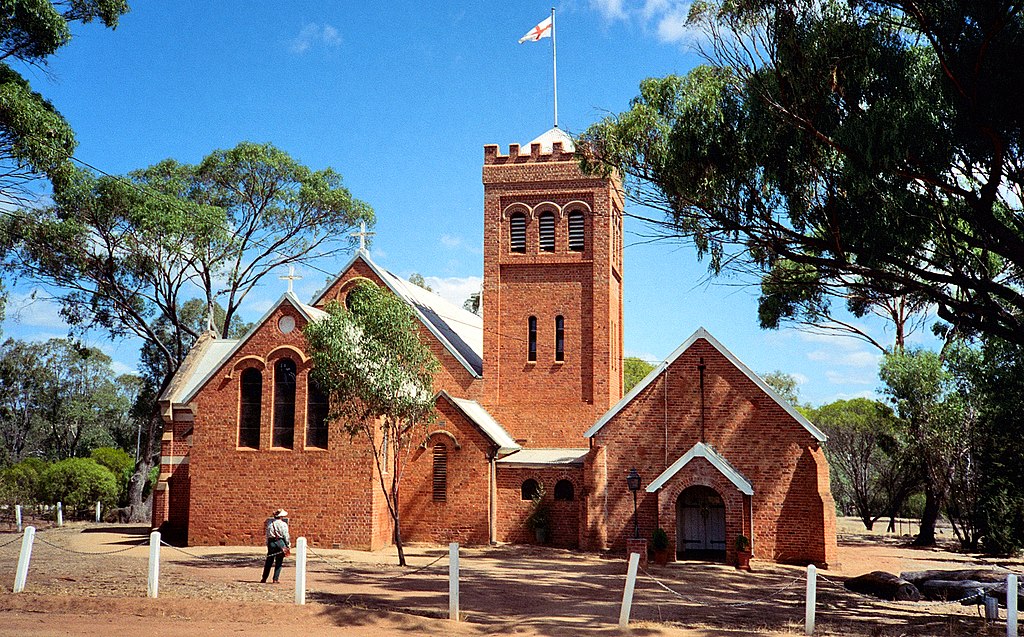Every few years The Other Cheek looks to see if the numbers in church networks can be teased out. here is this year’s update
Catholic: The official National count of Attendance reported 623,400 people on average, attended weekly mass in 2016. The 2021 count is not publicly available. Applying the the average rate of decline 1996 to 2016 to the 2016 figure produces an estimate of 562,000 for 2023. This does not take account of Covid, so it is likely a generous estimate.
Dr Ruth Powell, the Director of NCLS Research, told a webinar for Christian Media and Arts Australia
The catholic share of church attendance was 38.7 per cent.
Pentecostals: The largest group of Pentecostal churches, the Australian Christian Churches, reports 385,000 “constituents”, on the ACC website. In 2015 ACC reported 272,000 “constituents”. This Pentecostal church network continues to grow despite the departure of Hillsong in 2018.
A smaller Pentecostal group, CRC, reports a membership of 14,950. The CRC annual report 2022, says they have 60 per cent attendance = 8970.
if the CRC attendance rate also works for ACC, an actual attendance of 231,000 for ACC might be expected.
Hillsong attendance was 21,219 in their 2021 Annual Report
C3 attendance C3 (Australia ) of 61,000, a 2019 figure.
Baptists: (2018) 189,741 attendance number from Australian Baptist Ministries website.
87,555 (from the Baptist World Alliance website), possibly a membership number.
Anglicans: In the Viability and Structures Task Force report to General Synod (the national church parliamnet) in 2014 a figure of 219,850 Sunday attendance was calculated. This represented 7 per cent of the census figure for Anglicans according to that report.. Using the same proportion for the 2021 cenuses. 7 per cent of 2,496,273 the number of Australians identifying as Anglican, gives us a figure of 174,739.
However the NCLS gives a 5 per cent attendence rate for Anglicans from 2016. Using that gives us an attedance figure of 124,813. However the NCLS’s Ruth Powell published a much lower 2011 estimate of 155,000 in a book in 2017 This would mean a current figure of perhaps 124,000 mirroring our 5 per cent calculation.
Recent Sydney Anglican attendance figures” 44931 in 2020, and for the Covid years 2021 38949 in 2021 and 36604 in 2022 reported to the Sydney Synod this year.
Uniting: A “Future Directions for the People of God” proposal to the 2021 Synod of the Uniting Church NSW/ACT gives the church attendance figure of 21,000. (The Synod wants to increase it to 30,000)
The NSW and ACT are a third of the Australian population. (33.1 per cent in Dec 2021). If the UCA is equally distributed across the country, the national figure might be 63,000.
Another estimation: 670,000 were identified with the Uniting Church in the 2021 national census. Past NCLS stats indicate a ten per cent attendance rate for this denomination – applying this proportion would mean an attendance of 67,000.
In 2013 UCA attendance was 97,200 (from a commissioned 2013 census carried out by the National Church Life Survey team.)
Seventh-day Adventists Yearbook 2023 reports Membership 63,705. In 2015 membership was 59,238
Presbyterians: 32,397 attendance as reported at this year’s General Assembly of Australia. Although, at first glance shows considerable growth from the 26,000 “actual attendance” reported to the 2019 General Assembly, it is the result of more accurate measurement by the NSW Presbyterians NSW, in the last three years and possibly the inclusion of children in the latest figures. Because of this more careful membership measurement, The Other Cheek has been told it does not reflect growth.
Salvation Army: their 2022 Annual Report gives an attendance of “more than” 719400 which gives a weekly average of 13,834
FIEC (Fellowship of independent Evangelical Churches): a 2021 church census in February 2021 gives an attendance of 10,699


An interesting exercise would be to compare each denomination’s reported numbers to the census numbers for that denomination.
If you follow the link where I mention the percentages for denominations census population who attend you will find the NCLS has done this.To make things super easy here is that link https://www.ncls.org.au/articles/changes-in-church-attendance-in-australia/